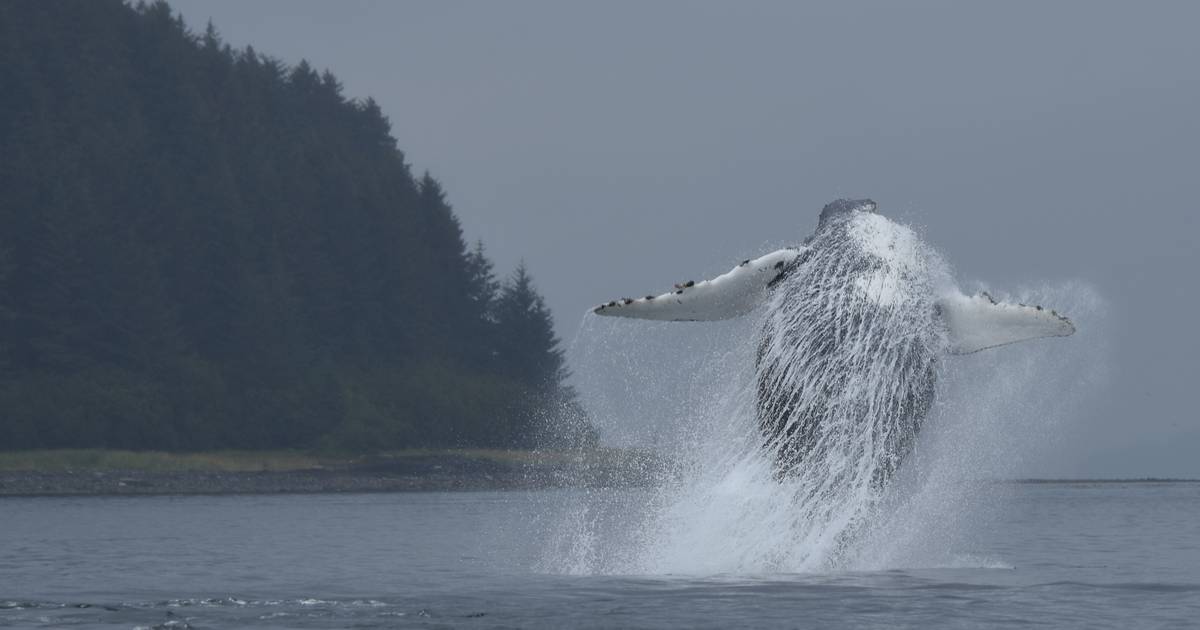Summary
-
Christine Gabriele is a whale biologist who has been studying the humpback whale population in Glacier Bay National Park and Preserve.
-
A heat wave from 2014 to 2016 that warmed the Gulf of Alaska and North Pacific Ocean had killed sea birds en masse. There was a nosedive in the Alaska population of humpback whales, likely because of warmer waters that did not favor the krill and small fish that marine mammals and seabirds eat. Glacier Bay humpbacks declined by more than half
-
Whale #219, a 42-year-old female humpback whale, was one of the whales that disappeared during the heat wave.
-
Gabriele and her colleagues feared the worst for 219, but she was spotted again in 2017.
-
219 looked skinny and stressed, but she had survived the heat wave.
-
Gabriele believes that 219 found adequate food elsewhere during the summers she was missing from Icy Strait.
-
Between 2019-2023, the Glacier Bay humpbacks population of humpback whales has stabilized at about 70% of its previous abundance.
Additional Details
-
Humpback whales are filter feeders, meaning they eat small fish and krill by swimming with their mouths open.
-
The marine heat wave of 2014-2016 caused the water temperature in some parts of the northeastern Pacific Ocean to rise by 4 to 10 degrees Fahrenheit at certain times.
-
This warmer water made it more difficult for humpback whales to find food, which led to the population decline.
-
Humpback whales are long-lived animals, with an average lifespan of 50-80 years.
-
They are also social animals, and they form strong bonds with their calves.



:quality(70)/cloudfront-us-east-1.images.arcpublishing.com/adn/CAEHKI4KVZDWJJZJQWGW2DV3ME.JPG)